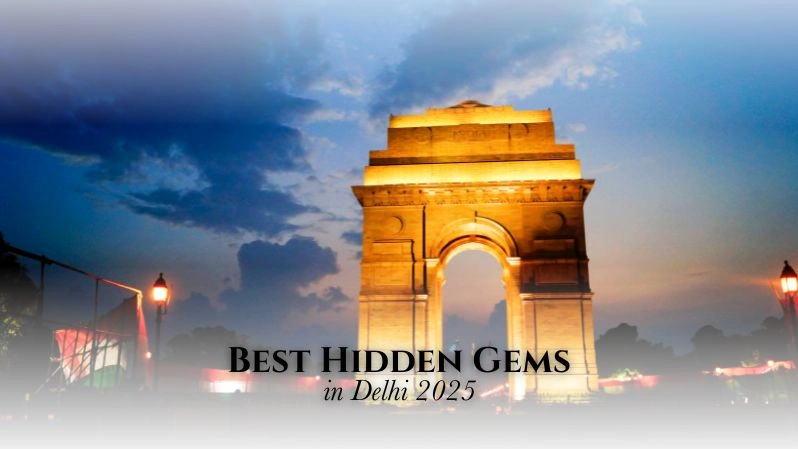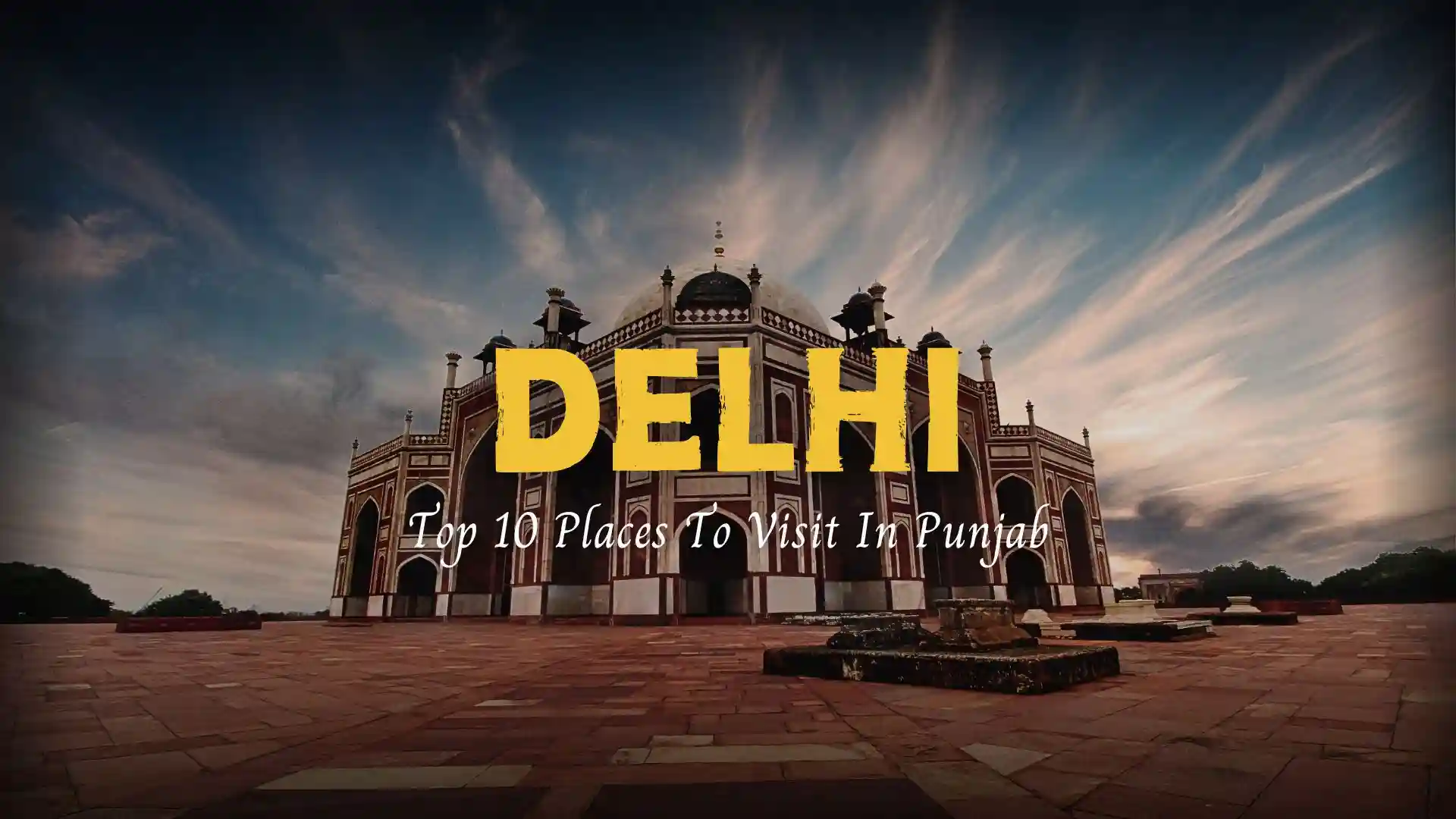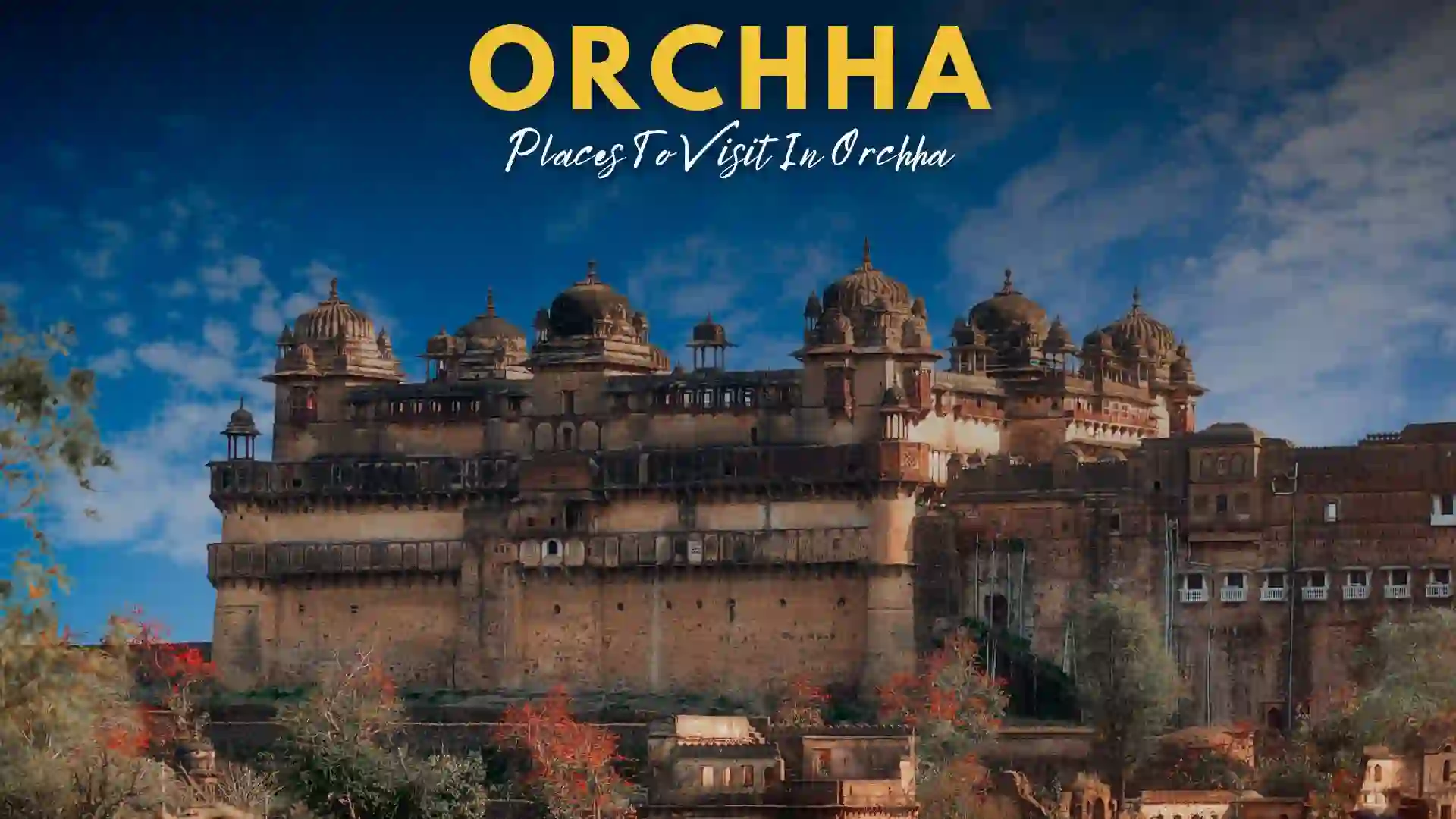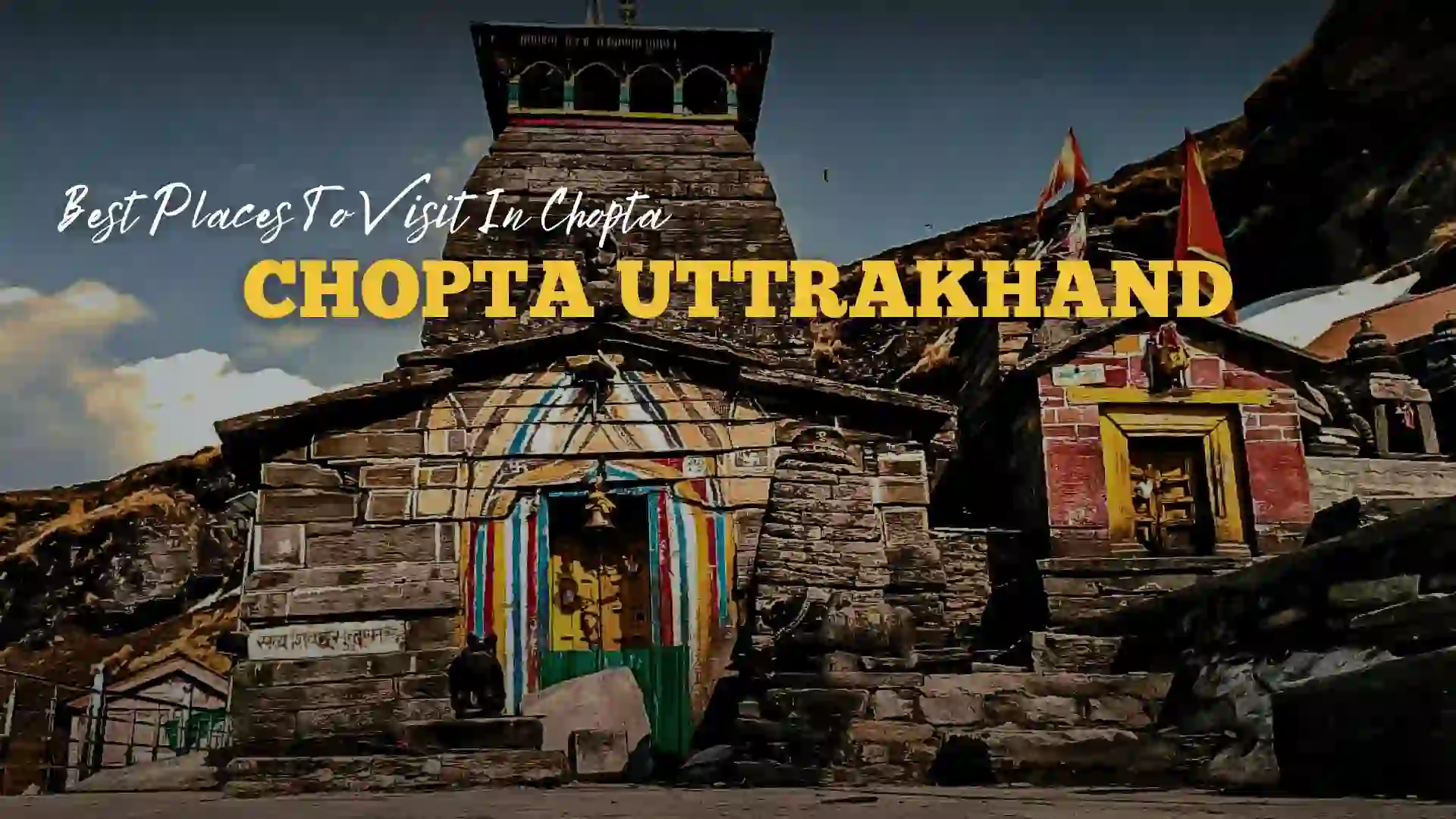Hidden Gems In Delhi
There exist numerous hidden gems in Delhi beyond its famous landmarks of Red Fort, Qutub Minar, and Chandni Chowk. The active urban center of Delhi conceals various secret treasures, which include historical locations alongside narrow-laned unique cafés, historical burial grounds, and vibrant cultural streets that operate outside conventional tourist areas. The city reveals more hidden attractions once people believe they have explored all of Delhi. These hidden gems in Delhi have the power to both surprise visitors and enchant them, revealing secret aspects of the city no one expected.
1. Sanjay Van – The Haunted Forest in the Heart of the City
Within the urban blocks of Jawaharlal Nehru University and Vasant Kunj, there exists a 780-acre forest preserve called Sanjay Van. Very few people understand how big and peaceful this area truly is although they have heard about it.
Delhi’s green sanctuary is one of the hidden gems in Delhi, offering opportunities for cycling, birdwatching, and peaceful walking through its maze of narrow trails. The discovery of Qila Rai Pithora ruins within the site stands as the most captivating aspect, as this area marks the first recorded city of Delhi. Residents believe this area contains paranormal activity, mainly around Maujpur Baba Mazar, adding a spooky experience for visitors.
Tip: Observing peacocks while migrating birds perform their annual displays becomes possible by visiting the area during the early morning hours. Always bring your camera along with your desire to understand.
2. Agrasen ki Baoli – The Stepwell That Time Forgot
Agrasen ki Baoli stands hidden on Hailey Road close to Connaught Place yet many people fail to notice its presence at this central Delhi location. The 14th-century stepwell hides within its depths 103 descending steps from the sunlight into total darkness.
History along with urban myths has created this stunning architectural structure which some claim to be haunted although its water attracted people with suicidal intentions. Film and photography enthusiasts alike choose this site because of its symmetrical arches and stone corridors despite any prevailing myths.
Tip: This baoli appears in Aamir Khan’s film “PK” thus many viewers recognize it through that film.
3. Bhardwaj Lake – A Blue Oasis in Asola Wildlife Sanctuary
Bhardwaj Lake appears as a surprising blue water circle that hides in the naturally restored area of Asola Bhatti Wildlife Sanctuary near South Delhi’s Surajkund. The former mining grounds have been transformed by nature into space that encircles the lake with cliffs trails and indigenous plants.
Visitors will find an exciting destination at this location because they must walk a short distance before enjoying the beautiful outcome. Trekking enthusiasts and bird watchers will find pleasure in observing a Delhi perspective no one expects to discover.
Note: Permission from the forest department is required to visit. Travelers should explore the site with either a guide or in a group since it provides added safety.
4. Haveli Dharampura – A 200-Year-Old Revival in Old Delhi
Located in the tranquil lanes of Gali Guliyan where Haveli Dharampura quietly resides stands opposite the crowded atmosphere of Chandni Chowk. Time has been devoted to restoring this 200-year-old haveli into an authentic heritage hotel from its original crumbling state.
It’s not just about luxury. The Mughal-era architecture of the haveli includes jharokhas and courtyards as well as intricate carved details. Visitors can experience traditional kathak dances while dining in a traditional setting from the roof of Jama Masjid as they discover Old Delhi’s cultural heritage.
Non-residing guests must book an evening event at this magical hotel property.
5. Tughlaqabad Fort – A Forgotten City of Stone
Tughlaqabad Fort, one of the hidden gems in Delhi, has been in ruins since its construction in the 14th century by Ghiyasuddin Tughlaq at a location that sits to the south of the famous Red Fort. The third city of Delhi used to inhabit this impressive stone fortress which embodied Indo-Islamic military architectural principles.
The deserted fort extends throughout many kilometers with its walls surrounding cemeteries and towers together with untamed vegetation. A walk through the area creates a dystopian atmosphere with its majestic yet melancholic atmosphere.
Pro Tip: Sunset is the best time to visit because it creates stunning photographs while minimizing the number of visitors.
6. Sulabh International Museum of Toilets – Strange, Yet Fascinating
The unusual Sulabh International Museum of Toilets located in Palam serves as one of the world’s most peculiar museums by presenting an educational yet eccentric journey through the history of sanitary equipment.
The museum presents a combination of amusing and informative displays about hygiene methods that have existed through different cultural periods from prehistoric waste receptacles to royal Mughal toilet gold pieces. A visit to this facility delivers instructive yet unusual informational content that produces unexpected understanding.
The visit will make you understand how much your life depends on modern plumbing systems.
7. Majnu ka Tilla – A Little Tibet in Delhi
The Tibetan settlement of Majnu ka Tilla maintains its presence in North Delhi next to the Yamuna River which it established during the 1960s. This establishment creates a feeling of being inside another nation through its comfortable vivid atmosphere.
Traditional winding pathways throughout this Tibetan area contain authentic Buddhist temples along with prayer flag posts and Tibetan shops where visitors can enjoy authentic meals such as thukpa, shapta, and tingmo. The area provides excellent shopping opportunities for Tibetan handicrafts together with jewelry and clothing items.
Don’t miss: Visit Ama Cafe to enjoy their pancakes and take the time to experience tranquility at the monastery.
8. Mirza Ghalib’s Haveli – A Tribute to a Literary Giant
All those who cherish poetry alongside historical sites should stop at Mirza Ghalib’s Haveli located in Ballimaran Old Delhi. During his last years the legendary Urdu poet lived here before the haveli became a small museum displaying his life and works.
The area displays its past literary splendor of Delhi through its display of calligraphy along with portraits and couplets on the walls. Visiting this place offers a peaceful environment that matches a contemplative midday experience.
These walls forever keep alive the timeless words that start with “Hazaron khwahishen aisi…”
9. Chunnamal Haveli – A Peek into Old Delhi’s Merchant Aristocracy
Few people know about the architectural splendor of Chunnamal Haveli since it stands exactly in Chandni Chowk. The Chunnamal family descendants currently inhabit the haveli while various original items such as furniture and portraits along with chandeliers remain in their preserved condition.
Access to Chunnamal Haveli depends on private guided tours that may be available occasionally. One can witness the luxurious lifestyle of British Raj era merchant families by touring the spacious courtyards and elaborately designed interior spaces of this structure.
The opportunity to observe this place feels akin to making a journey through time in the most positive direction.
10. Satpula Bridge – The Seven Arches of History
The medieval water dam Satpula, one of the hidden gems in Delhi, stands near Khirki Masjid in South Delhi as a structure built during the time of Muhammad bin Tughlaq. The majority of commuters ignore the seven-arch structure as they move toward Saket and Select Citywalk, unaware of its historical role in managing water distribution for historical Delhi.
The place maintains a peaceful atmosphere which attracts people who want photography or time for personal contemplation. The combination of natural elements with historic engineering methods produces serene yet intellectually engaged feelings.
11. Kathputli Colony – India’s Oldest Artist Commune
The high-rise apartments of Shadipur conceal Kathputli Colony which serves as a residence for puppeteers and folk artists as well as magicians and acrobats. This settlement maintains a singular purpose of performance art making it one of the few such global enclaves.
Modernization threatens this traditional Indian cultural heritage however cultural tours as well as storytelling and puppet shows offered by initiatives and NGOs provide unique perspectives on disappearing traditional performing arts.
The artists and cultural nonprofits host several events that you can attend.
12. Jamali Kamali Mosque – Beauty and Mystery in Mehrauli
Jamali Kamali Mosque and Tomb stands inside Mehrauli Archaeological Park while displaying both refined beauty and ominous qualities. The 16th-century mosque honors Sufi poet Jamali and his partner Kamali through its construction although historians have lost the mystery of their relationship in history.
The tomb chamber stands out for its exquisite stucco details combined with Quranic writing and creates both peaceful and peculiar mental perceptions. Multiple ghost stories around the site make this place an interesting fusion of cultural history and local mythology.
Devote your heritage day to both Qutub Minar and Rajon ki Baoli located adjacent to each other.
In Conclusion: Rediscovering Delhi’s Soul
Delhi exists as more than a mere urban center since it retains centuries of interconnected narratives. The city contains multiple historical secrets and cultural stories that can be discovered by those who want to explore its depths. Among the hidden gems in Delhi are discarded structures, concealed courtyards, and old stone walls that whisper tales of the past. The true appeal comes from the combination of physical and emotional sensations you experience while exploring these forgotten spaces and enjoying meals tucked away from the mainstream.
When visiting the capital take a chance to observe beyond obvious landmarks. The secret treasures of Delhi cannot be found in any postcards yet they create permanent memories in your mind.




